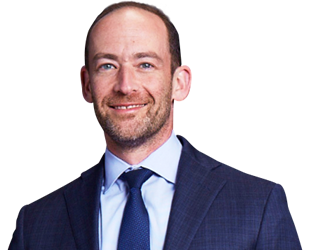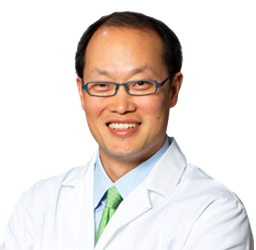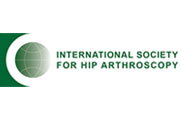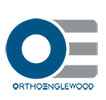Publications
Categories
Simulated type II superior labral anterior posterior lesions do not alter the path of glenohumeral articulation: a cadaveric biomechanical study
BACKGROUND: Previous studies have demonstrated increased glenohumeral translations with simulated type II superior labral anterior posterior lesions, which may explain the sensation of instability in the overhead-throwing athlete. It is unknown whether this amount of increased translation alters glenohumeral kinematics.
A broken scalpel blade tip: an unusual complication of knee arthroscopy
The case of a patient is presented in whom a No. 11 scalpel blade was inadvertently broken and embedded within the lateral femoral condyle during initial arthroscopic portal creation. After a thorough diagnostic arthroscopy and synovectomy to expose the distal femoral articular surface was unsuccessful, luoroscopy was performed to localize the blade fragment in orthogonal planes.
The effect of the long head of the biceps on glenohumeral kinematics
The long head of the biceps has been described as a stabilizing force in the setting of glenohumeral instability. However, data are lacking on the effect of loading the long head of the biceps on glenohumeral kinematics.
Osteochondritis Dissecans of the Capitellum: Current Concepts
Osteochondritis dissecans (OCD) of the capitellum is an uncommon disorder seen primarily in the adolescent overhead athlete. Unlike Fanner disease, a self-limiting condition of the immature capitellum, OCD is multifactorial and likely results from microtrauma in the setting of cartilage mismatch and vascular susceptibility. The natural history of OCD is poorly understood, and degenerative joint disease may develop over time.
Management of focal cartilage defects in the knee: Is ACI the answer?
Injuries to the articular cartilage of the knee are common. They alter the normal distribution of weightbearing forces and predispose patients to the development of degenerative joint disease. The management of focal chondral lesions continues to be problematic for the treating orthopaedic surgeon. Although many treatment options are currently available, none fulfill the criteria for an ideal repair solution: a hyaline repair tissue that completely fills the defect and integrates well with the surrounding normal cartilage.












